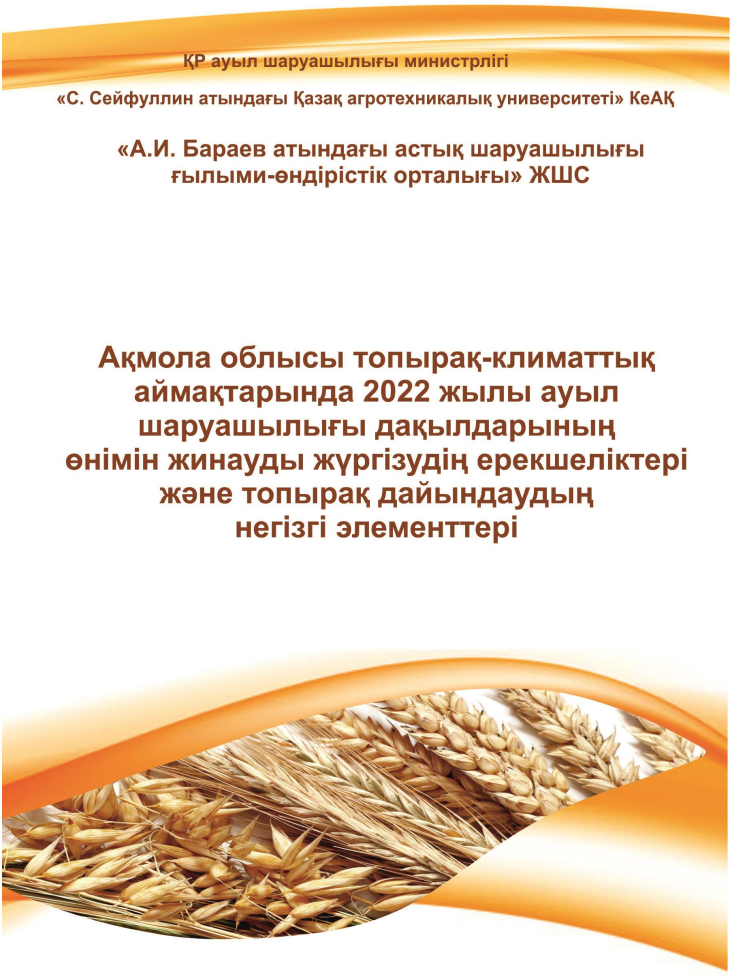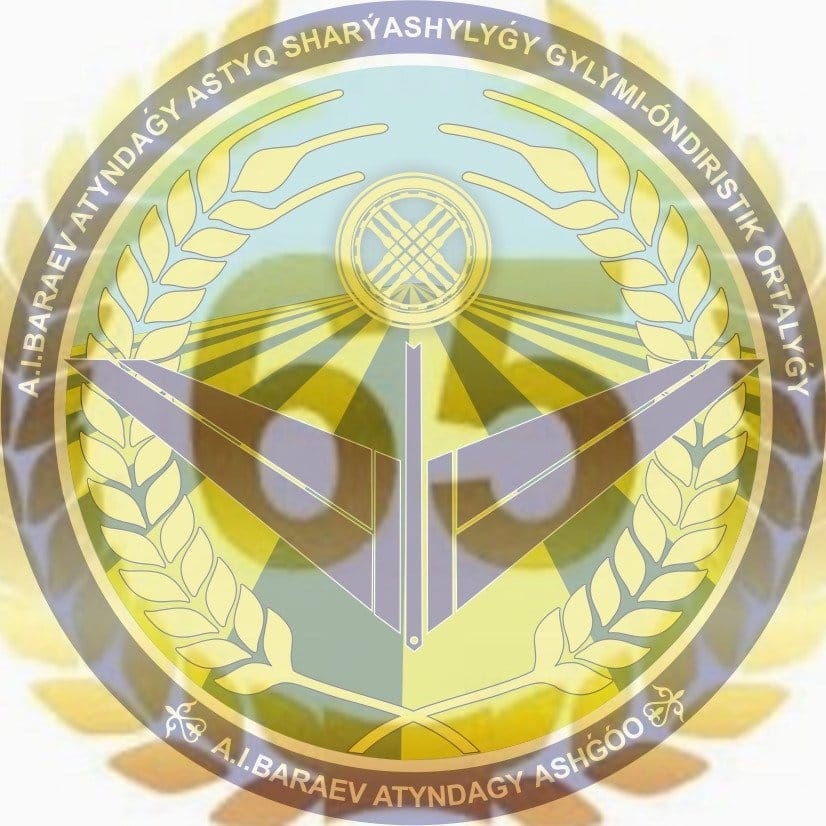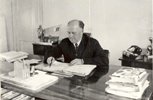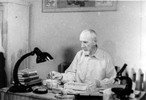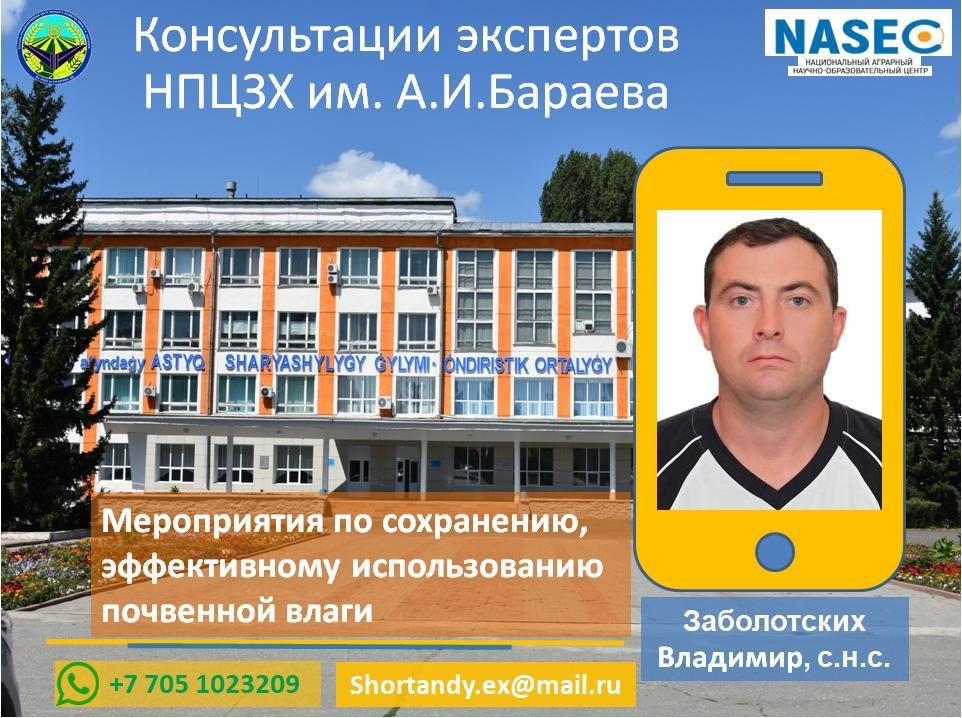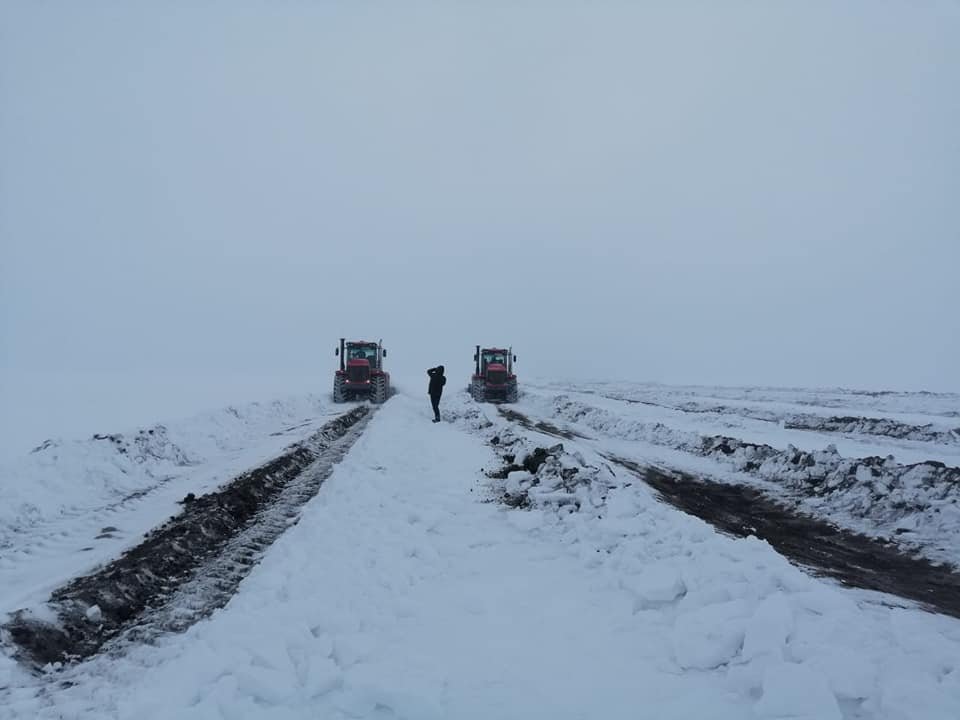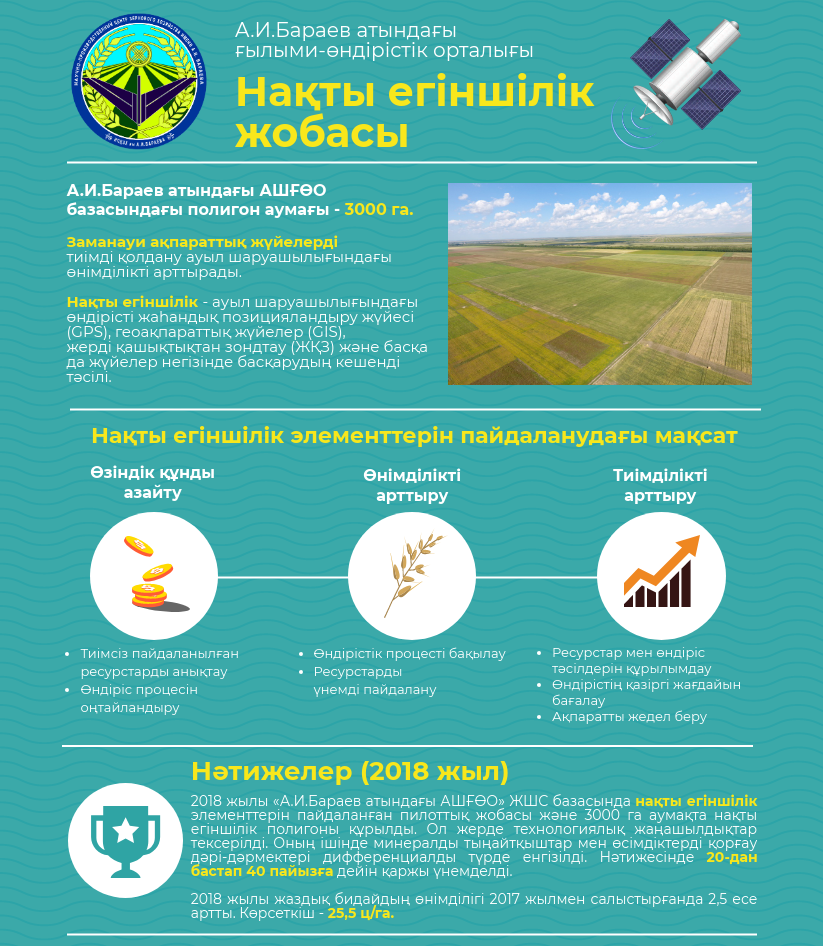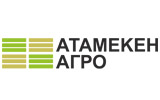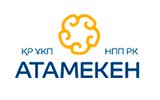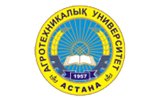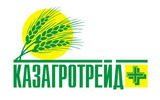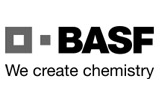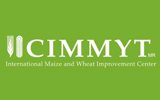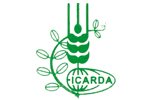Scientists of the SPC GF named after A.I.Barayev about the effective use of water resources during the growing season
Главная / News / Main news

The issue of productive use of soil moisture for farmers of Northern Kazakhstan has always been the main one. Soil moisture determines the effectiveness of all agrotechnical techniques: this applies to the timing of sowing, the effectiveness of fertilizers and to the control of weeds and to the passage of nitrification processes, etc. Replenishment and accumulation of soil moisture reserves by stubble precursors mainly occurs due to winter precipitation, which is up to 80-90 % from the crop rotation area. One of the reserves for increasing the moisture availability of agrophones is mechanical snow retention.
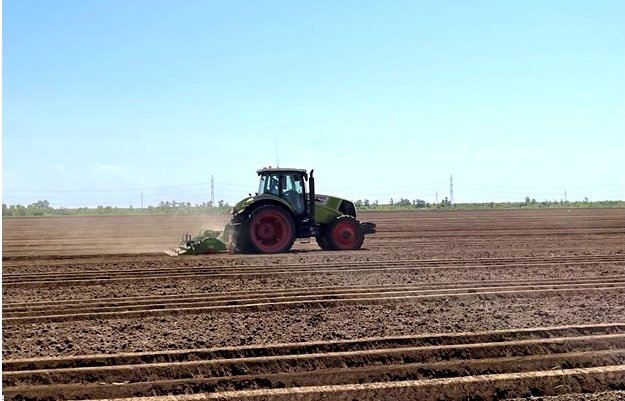
This technique is especially relevant in fields with deep winter processing. The data of recent years, as well as the results of previous studies show that, regardless of winter conditions, snow retention on backgrounds with cold treatment allows additional accumulation of 15-30 mm of productive moisture, and in years with dry autumn and moderate temperature conditions in spring up to 60 mm, which is a guaranteed insurance reserve during the dry growing season. In the absence of winter processing, as well as with good moistening of the soil profile in the autumn period, carrying out moisture storage measures is unreasonable. The moistened soil in the frozen state is not able to absorb water, as a result, the bulk of the melted snow is spent on runoff and physical evaporation, additionally contributing to the formation of foci of water erosion and soil flushing.
The main measures to preserve soil moisture before sowing are early spring harrowing, intermediate and pre-sowing treatment. Timely and high-quality early spring tillage (moisture closure) allows not only provoking juvenile weeds, ensuring uniform soil warming and surface leveling, but also contributes to the preservation of soil moisture reserves in the seed layer, which positively affects field germination. On stubble backgrounds that have been untreated since autumn and are clean of weeds, harrowing is ineffective. Mandatory early spring harrowing is in fields with finching and mechanical fallow, as well as in fields largely infected with hidden-stem pests.
Taking into account the variety of technical solutions, regardless of the applied technological schemes of cultivation and implements, the requirements for preparing fields for sowing should be standard: the field surface should be leveled, the depth of pre-sowing treatments of the soil should not exceed the depth of sowing seeds. Plant residues should be evenly distributed over the surface of the field, the presence of unallocated piles and rolls of straw is not allowed. The fields should be cleared of weeds. These conditions are necessary for uniform warming of the surface layer of the soil for sowing. If these requirements are met, high-quality sowing is ensured, regardless of the design features of the sowing unit.
One of the most effective methods of preserving moisture is the exclusion of competition with weeds and the purification of fields before sowing, through intermediate and pre-sowing treatments. In the conditions of early spring, intermediate machining is more effective. In the conditions of late spring and low temperature background, when the appearance of weeds is close to the optimal sowing time, mechanical or chemical pre-sowing tillage is more effective (in comparison with intermediate).
In most cases, all agricultural producers in the region use various technologies (traditional, minimal, zero) when cultivating agricultural crops. A sustainable farming system provides for a reduction in mechanical tillage (direct sowing, a reduced tillage system), permanent covering of soils with mulch and plant residues, diversification of crop production, improved nutrition and plant protection.



